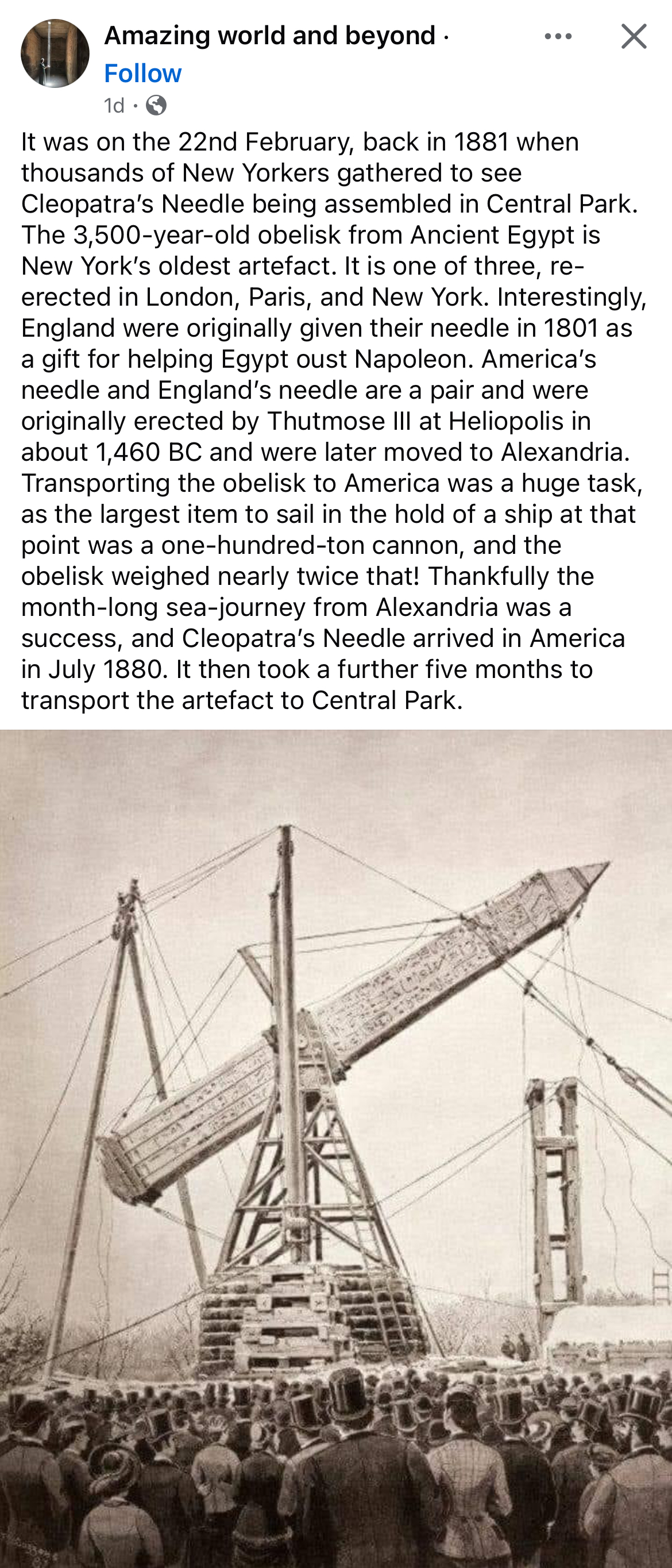Welcome back! This Wednesday email has links to get started with Scratch, a history of time zones, and how far your blood travels in a day. In case you wondered, as I did. There’s also links to STEM/STEAM board games, as holiday gift ideas. It’s the fifth in a series. Hope you find these links interesting. And thank you for reading!
Getting Started with Scratch
I’ve wanted to research the Scratch programming universe. As probably you know, it’s a visual way for kids to learn programming. As a project at MIT (Massachusetts Institute of Technology), it’s also not commercial. They don’t sell you anything. And you don’t have to pay (but you can give back with a donation). Instead, Scratch is a fun way for kids to create animations, games, and other stuff. Scratch also supports 70 languages. I spent a few hours online looking at getting started sites and here’s what I found.
First, the Scratch website has a ton of help. It’s geared towards kids and teachers (and parents who want to help their kids). I would start first with their Getting Started with Scratch page. If your kids are ages 5-7, also check out their Scratch Jr app.
Beyond the value of Scratch (and Scratch Jr), the real value is teaching kids about how coding is iterative. It’s ok to make lots of mistakes on your way to creating something fun. That can translate into more resilient kids outside of learning programming basics. One Scratch teacher has their kids post bugs on a classroom wall. The kid with the most bugs at year end got a “worms in dirt” pudding party. It’s hard to imagine that mentality with Python or other text languages. But it makes perfect sense in the Scratch universe.
I’m intrigued by the programming learning process. There’s a clear beginning, middle, and end. The middle part is learning a language by doing things. But the first part and last part I find more interesting. The Scratch Jr app is a good beginning. It’s a way to become comfortable with Scratch enough to learn the language. But what you do you if or when you outgrow Scratch? Or your kid wants to explore other Scratch-like languages?
As you can imagine, there’s a few visual programming languages like Scratch. The Scratch website also has links to alternatives, for kids who outgrow the language. One to definitely look into is Hopscotch. It’s engaging like Scratch and has an active community. There’s also Blockly, Alice, App Inventor, Code Guppy, Erase All Kittens, and Tynker. My Resources page also has a list of kid-friendly programming languages. And Lua is a very friendly text language that’s a little easier to learn and use than Python. Lua is often used in game programming.
Getting Started with Scratch
https://sip.scratch.mit.edu/scratchathome/
Scratch
https://scratch.mit.edu/
Scratch Jr
https://www.scratchjr.org/
Alternatives to Scratch
https://en.scratch-wiki.info/wiki/Alternatives_to_Scratch
Programming Languages for Kids
https://kidscodecs.com/stem-steam-resources/
Your Blood Would Qualify as a Frequent Flyer
The other night, out to dinner with my kids, a TV screen displayed a series of questions. One intrigued me: How many miles a day does blood travel through the human body? Their answer was 60,000 miles. I looked it up today and turns out that’s actually not accurate. Our bodies hold 5.6 liters or 6 quarts of blood. This amount circulates through the body three times every minute. In one day, that’s 19,000 kilometers or 12,000 miles. That’s four times the coast to coast distance in the US. Your blood travels from LA to NY back and forth four times a day.
But things get a little weirder. A typical adult has 60,000 miles of blood vessels. By age 70, our hearts have beat about 2.5 billion times. And the Cleveland Clinic says each day our hearts pump 2,000 gallons of blood a day. That’s enough to fill an 8×10 foot swimming pool. Not that you’d want to swim in it.
And being a silly person, I was curious how many miles blood travels in a hamster. Well, you don’t want to know. The search results were either scientific or ghastly. It appears no one has asked that question online. I’ve never had hamsters. Apparently they get all kinds of strange diseases and do weird things.
Also being a silly person, the 12,000 miles a day would earn you $8,040 each day. If your blood traveled in a car and you filed your US taxes. .67 cents per mile is the current 2024 IRS mileage reimbursement rate. Now you know.
Blood Flow Through the Heart
https://my.clevelandclinic.org/health/articles/17060-how-does-the-blood-flow-through-your-heart
10 Interesting Heart Facts You May Not Know
https://www.templehealth.org/about/blog/10-interesting-heart-facts-you-may-not-know
NOVA: Amazing Heart Facts
https://www.pbs.org/wgbh/nova/heart/heartfacts.html
Watch: How are blood vessels made?
https://www.bhf.org.uk/informationsupport/heart-matters-magazine/research/how-are-blood-vessels-made
Holiday Gifts: STEM Board Games
Since the fall of 2014, I’ve published an annual holiday STEM/STEAM gift guide. This fall, I want to publish gift ideas in these Wednesday emails. It’s starting to be that time of year again.
The past four Wednesday emails I’ve shared holiday STEM gift ideas. So far, books and magazines, secret codes, robots, and electronics. Today I want to talk about STEM board games. These games teach kids critical thinking, logic, and problem solving skills. Programming often use these skills. Plus it can be fun if you have a five-year old. They might get to boss around their older siblings and parents while learning conditional thinking.
If you’re looking for STEM board games, I would start with Thinkfun. They publish several logic-oriented games. My favorite is/was Robot Turtles which they used to publish but I can’t find on their site. If you can find a copy of the game, it’s definitely fun.
Beyond Thinkfun, I found a handful of sites that recommend many more STEM board games. The Mind on Math list, in particular, has very useful standards to test games. It might help you when evaluating different games. And the Kodable Education site organizes their list by age ranges.
Thinkfun
https://www.thinkfun.com/en-US
Robot Turtles
http://www.robotturtles.com/
Mind on Math: The Big List of STEM Board Games
https://blog.mindresearch.org/blog/stem-board-games
The Exciting World of STEM Board Games
https://skoolofcode.us/blog/the-exciting-world-of-stem-board-games-fun-and-educational/
Kodable Education: 7 Fun STEM Board Games
https://www.kodable.com/learn/stem-board-games-elementary-students
The Day of Two Noons
If you’ve traveled much, you know that time is different in some places than where you live. Until the mid-1800s, noon happened when the sun was highest in the sky. In the US, this resulted in 300 different time zones. Railroads cut this down to 100 time zones to ensure people and freight arrived on schedule. People keeping track of weather reports also needed uniform time keeping. People had to have time to prepare for rain, snow, and other weather.
In 1879, the American Meteorological Society published a report suggesting four time zones. US states quickly passed legislation to make this happen. Each time zone was one-hour wide. They’re still in use today: Eastern, Central, Mountain, and Pacific.
On November 18, 1883, railroad station clocks were reset to noon in their time zone. Whether noon had passed or not. People called it the Day of Two Noons. It led to fewer railroad accidents and deaths caused by timing errors. In 1918, the US Congress passed legislation that acknowledged the four US time zones. And also created Daylight Savings Time, providing longer daylight in summer evenings.
Despite the benefits of time zones, and how they’ve lasted, there are anomalies. China uses one time zone despite being as large as the US. However, Universal Coordinated time assigns five time zones to China. And states like Arizona don’t observe Daylight Savings Time.
Railroads’ initiative synchronizes U.S. clocks, Nov. 18, 1883
https://www.politico.com/story/2017/11/18/railroads-initiative-synchronizes-us-clocks-nov-18-1883-244935
Surprising Railroad Inventions: U.S. Time Zones
https://www.up.com/customers/track-record/tr031020-time-zones.htm
The Day of Two Noons
https://guides.loc.gov/this-month-in-business-history/november/day-of-two-noons
Why Is There Only One Time Zone in China?
https://www.timeanddate.com/time/china/one-time-zone.html
Time Zone
https://en.wikipedia.org/wiki/Time_zone
Got a STEM product or service to share? Sponsor this newsletter. Email me!
Not a subscriber? Make my day and join us! Better yet, join us and contribute!
This Week
Our Sunday email this week will have fun often offbeat links. This week, it’s marmoset monkey using names when talking with each other. There’s also links to articles about pocket forests, how London accents have evolved over 600 years, what we look like to mosquitos, and an electric version of my favorite kind of plane, a floatplane. And the kind of paper most likely to give you paper cuts. Definitely look for the email this Sunday.


